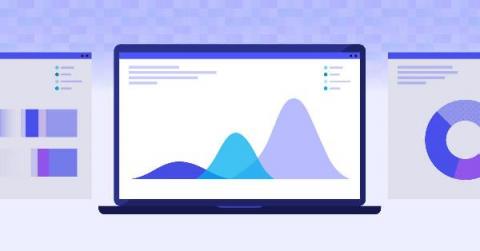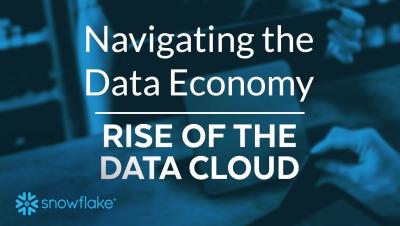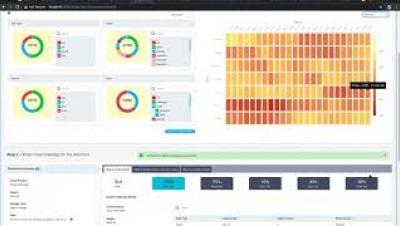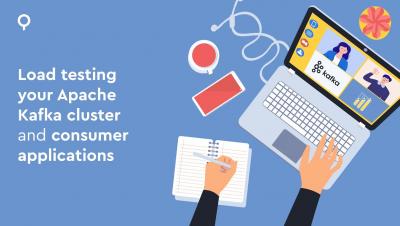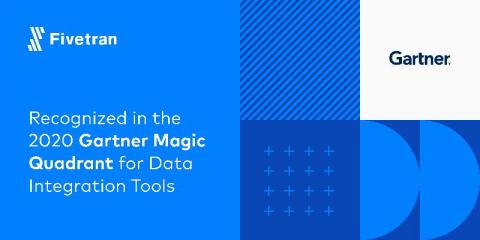Systems | Development | Analytics | API | Testing
Analytics
If Dashboards Are Dead, Why Are We Embedding Them?
For decades, the analytics/BI community has suffered from low user adoption (~30%). Dashboards and fancy visualizations have only proven to be the starting point of the analytics journey, not the endpoint. We are living in a world that demands far greater agility than a fixed layer of information or KPI can provide. Poor user adoption is the result when the analytics system fails to support the users full journey: from data – to insight – to action.
Collaboration is Key to Reducing Pain and Finding Value in Data
When it comes to cloud, being an early adopter does not necessarily put you ahead of the game. I know of companies that have been perpetually “doing cloud” for 10 years, but very few that have “done cloud” in a way that democratises and makes data accessible, with minimal pain points. Cloud is an enabler. It makes it easier to collect, analyse, and disseminate information.
The Impact of Culture On Data and Analytics Adoption During COVID
The COVID-19 pandemic has shone a bright light on the need for flexible and engaging leadership. Most of the recent leadership-themed articles focus on how to bridge the remote-only workplace relationship gap, the importance of increased engagement and empathy, and the need to provide technology that empowers and provides a more equitable work/life balance.
Finding Value in Your Data | Rise of the Data Cloud
5 Ways to Slash your Data Platform Costs
Migrating Big Data Workloads to the Cloud with Unravel
Kafka Office Hours: Load Testing your Apache Kafka Cluster
Fivetran Recognized in the 2020 Gartner Magic Quadrant for Data Integration Tools
Gartner names Fivetran in the 2020 Gartner Magic Quadrant in the data integration tools category. Today, we’re proud to share that Fivetran has been recognized in the August 2020 Gartner Magic Quadrant for Data Integration Tools for the first time. The data integration market is rapidly evolving and expanding as organizations increasingly understand the value of analytics and the importance of data-backed decisions in driving business success.
Fivetran vs Stitch Comparison
Fivetran or Stitch for automated ELT? Learn the pros & cons of each platform. October 5, 2020 We commonly hear from our customers that when they initially evaluated cloud data integration solutions, both Fivetran and Stitch came up in their cursory searches. With the Stitch's announcement of their free plan deprecation, we’ve received an influx of questions on how the two solutions differ. Below, we highlight the differences in the approaches to handling automated ELT as well as pricing.



